Period second half of the 19th century. Gilded wood frame.
Dimensions: H 16 x W 23.5 cm, from the view: H 13 x W 20 cm
"The Dance of the Nymphs" (or A Morning, the Dance of the Nymphs) is a painting made around 1850 by Jean-Baptiste Camille Corot. This work, an oil on canvas, represents nymphs dancing joyfully in a clearing surrounded by trees, mixing mythology and realistic landscape.
The painting illustrates the importance of nature in Corot's art, with a delicate treatment of light and foliage. Although the landscape is central, it serves as the setting for an imaginary scene inspired by memories of Italian gardens and opera ballets.
This work prefigures Impressionism with its innovative use of color and fluid brushwork.
When "The Dance of the Nymphs" was first exhibited at the Salon of 1850–51, influential critic Théophile Gautier praised the painting's poetry and light, although he noted a certain hesitation in the balance between realism and idealization.
Other, more conservative critics criticized Corot for his departure from academic conventions by mixing mythological figures with natural landscape, which was seen as a transgression of classical aesthetic norms.
Acquired by the state in 1851, it was exhibited at the Musée du Luxembourg and then at the Louvre, before being transferred to the Musée d'Orsay in 1986.





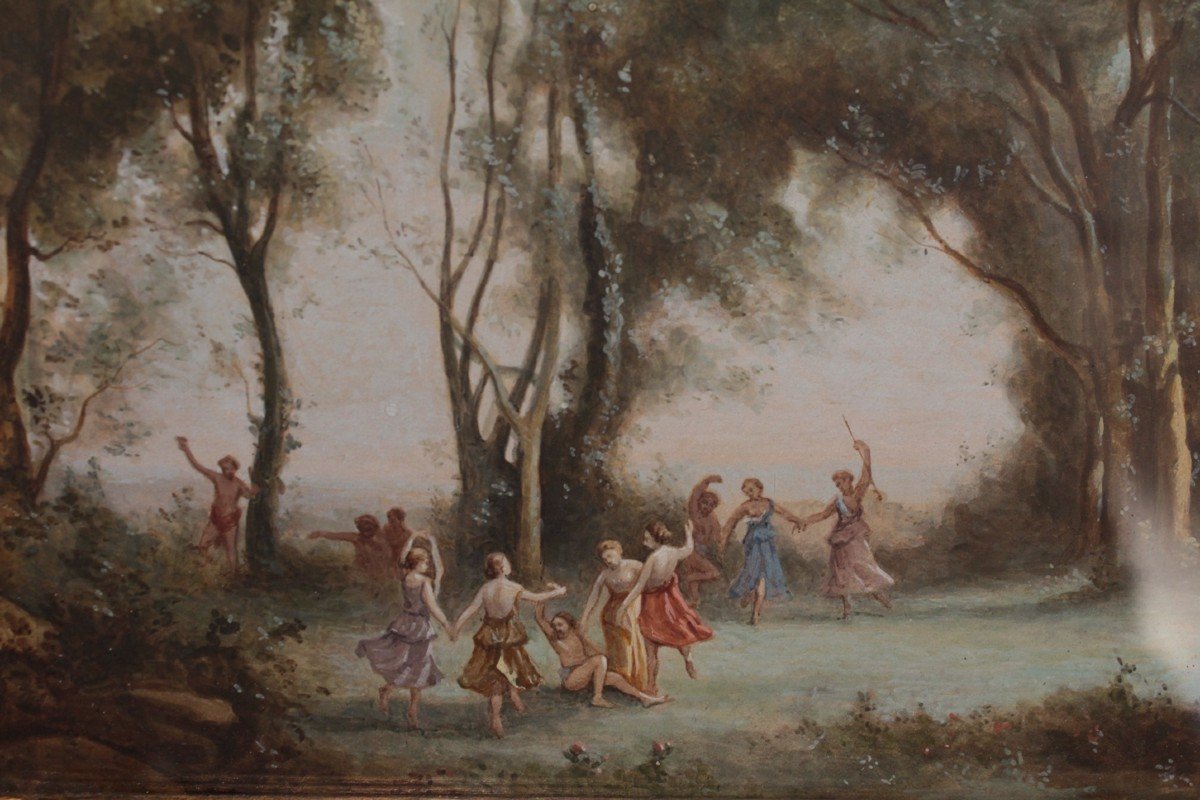

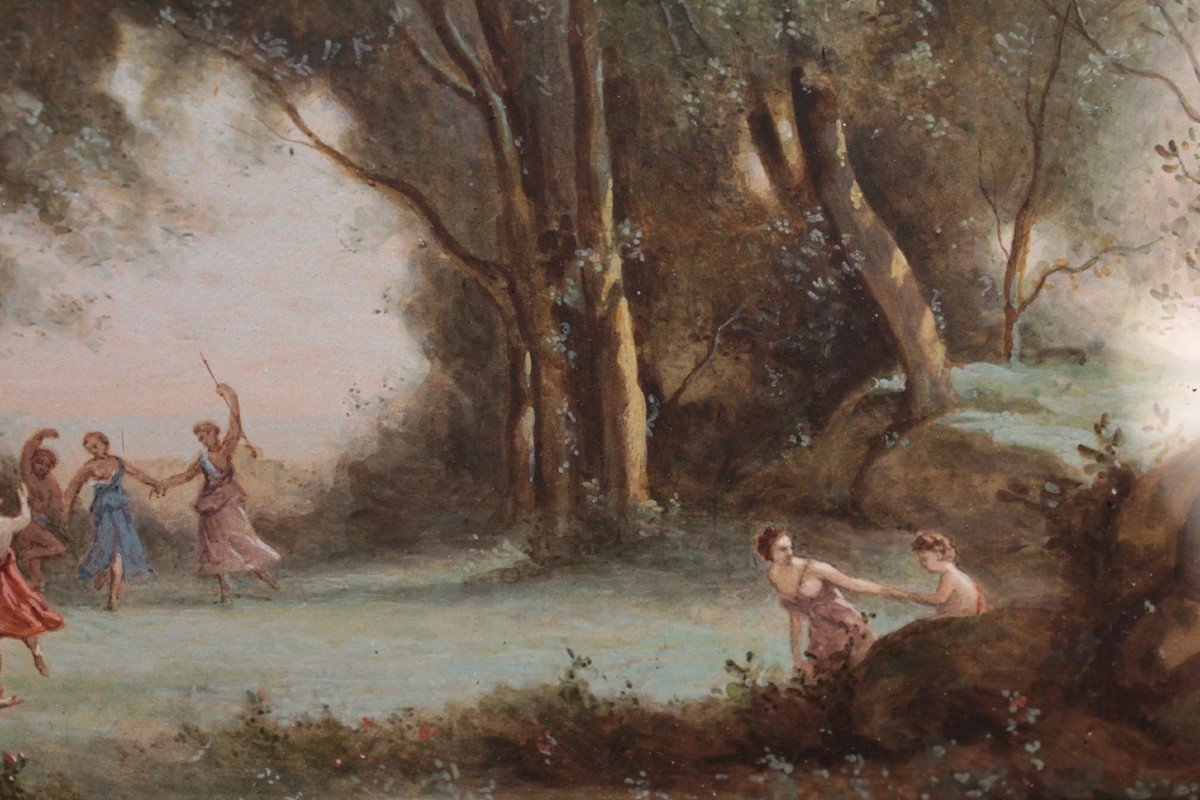

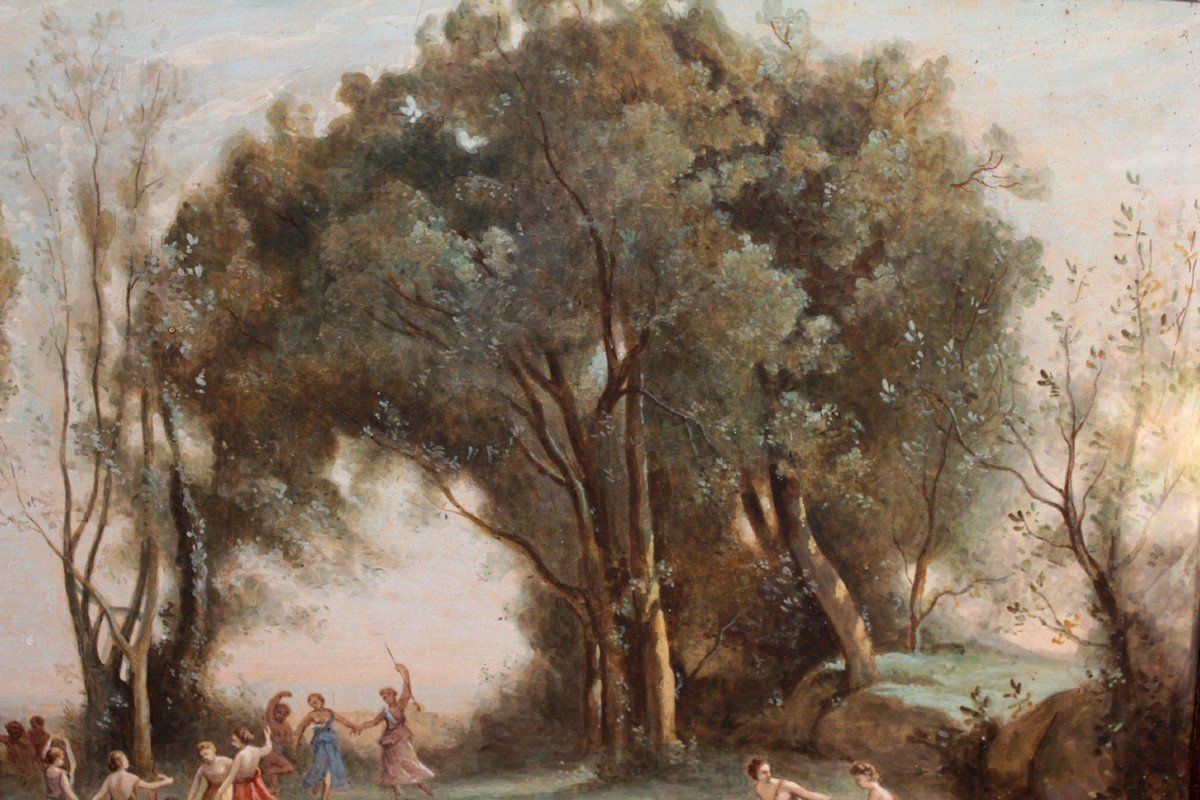











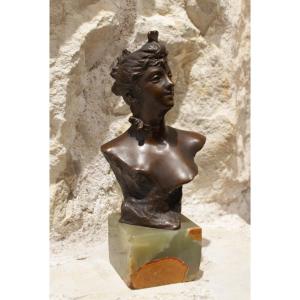

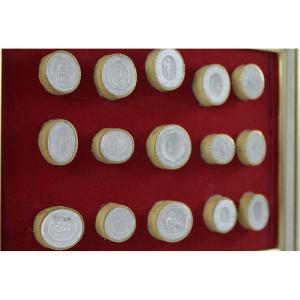
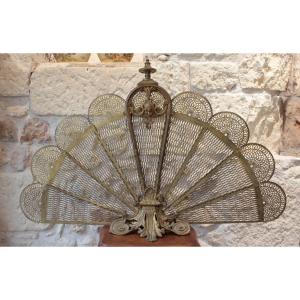



















 Le Magazine de PROANTIC
Le Magazine de PROANTIC TRÉSORS Magazine
TRÉSORS Magazine Rivista Artiquariato
Rivista Artiquariato